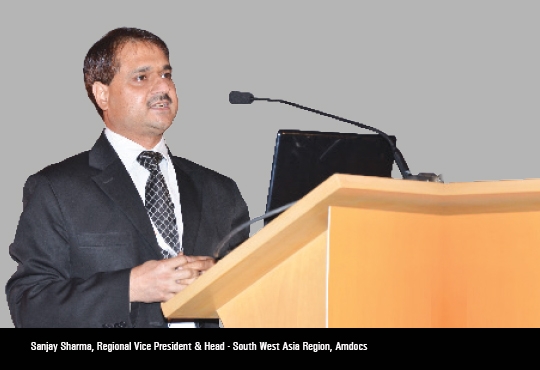
CIOTechOutlook >> Magazine >> April - 2013 issue
The Need to Shift to Legacy Mobile 2.0 World
By
 What is the legacy Mobile 1.0 world
What is the legacy Mobile 1.0 worldand why should I care?
The world of mobility has changed significantly in the past few years and continues to evolve at an ever-increasing rate. Whether it is
mobilizing your work force, dealing with BYOD issues among your company or just worrying about all the related security risks involved with an ever-expanding proliferation of
mobile devices, mobility issues consume CIO's at every level. In the old world of "Mobile 1.0" things were not as fluid and older devices such as Palm Pilot's, point-solution devices and Window’s mobile devices were not as powerful
and had inflexible development platforms, limited feature sets and lower usability. Mobility application development programs took long amounts of time to define, build and integrate, which may have been okay at that time since the devices were not changing that quickly either because of their static platforms (3 to 4 year upgrade cycles). Mobile
application development programs typically involved large amounts of customization and were slow to adopt amongst your teams. When they were adopted it was often difficult to determine the return on investment and if
additional changes were necessary, the effort involved new development, cost and time.
Mobile 2.0 – It is about Speed and Innovation
In a Mobile 2.0 world, new devices such as smartphones and tablets have incredible potential to do more as a result of their processing power and ease of use. In addition,
the rise of big data and increased consumerization of the enterprise IT experience has increased user expectations and demand.
Mobility applications are produced as richer, pre-packaged apps that can be implemented and adjusted in a matter of days instead of months. When a mobility solution can be deployed easily and quickly (outof-the-box) the organization can make quicker adaptation rounds to align features to business needs. In other words, when your company can make adjustments on the fly to an in-service mobility application based on direct usage feedback, you are able to implement and monitor effective changes immediately. This adaptive approach allows
for multiple real-time updates compared to the traditional approach of building a massive,
customized application that often takes 18 or more months for development, only to be outdated by the time it is implemented. With new
device releases happening much more rapidly (12 months or quicker) and a third-party ecosystem leveraged upon those new releases, changes to the platform capability and functionality
are happening far more rapidly than in the old Mobile 1.0 world. Every 12 months we have major updates of both iOS and Android Platforms that
continue to push traditional desktop capabilities to mobile devices. This trend is only going to continue and increase in frequency.
As a result, the Mobile 2.0 approach is not only about launching effective solutions more quickly but being able to access data in real-time and manipulate that data to maximize
the usage capabilities of those mobile applications and the devices using them. This allows CIO's the visibility into adoption and usage by their field teams and also the ability to change how and what is being done by those
teams in real-time.
The increasing power and flexibility of mobile devices allows you to push more processing to the field away from traditional back office
applications.
CXO Insights
AI Growing within Financial Institutions
By Abhishek Rungta, CEO, Indus Net Technologies
The Smart OSS/BSS Choice for India
By Sanjay Sharma, Regional VP and Head, South West Asia Region, Amdocs
MEDICAL IMAGING - A Way Forward Using 3D...




